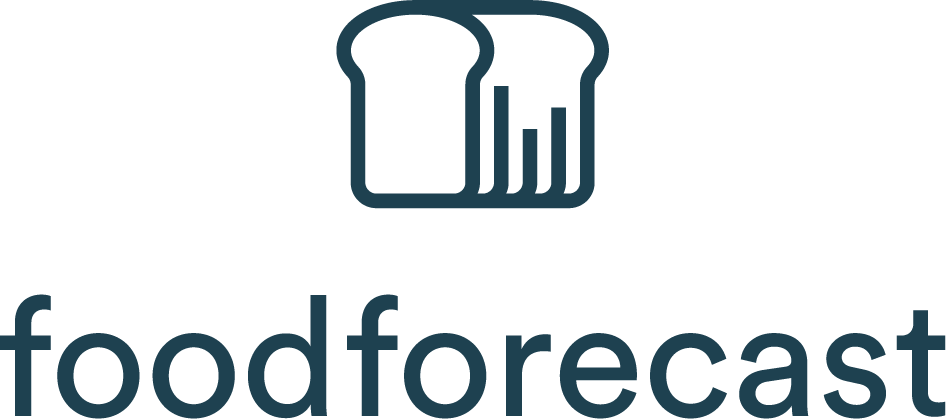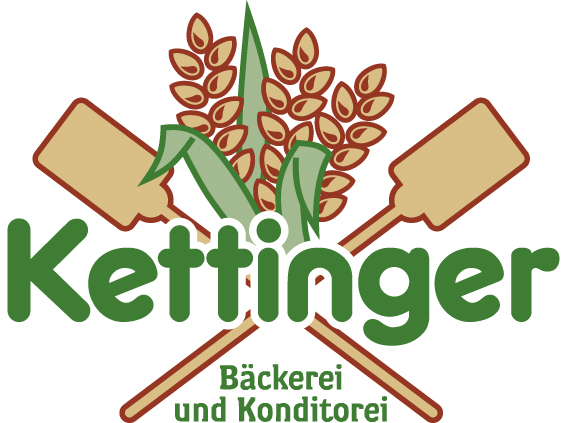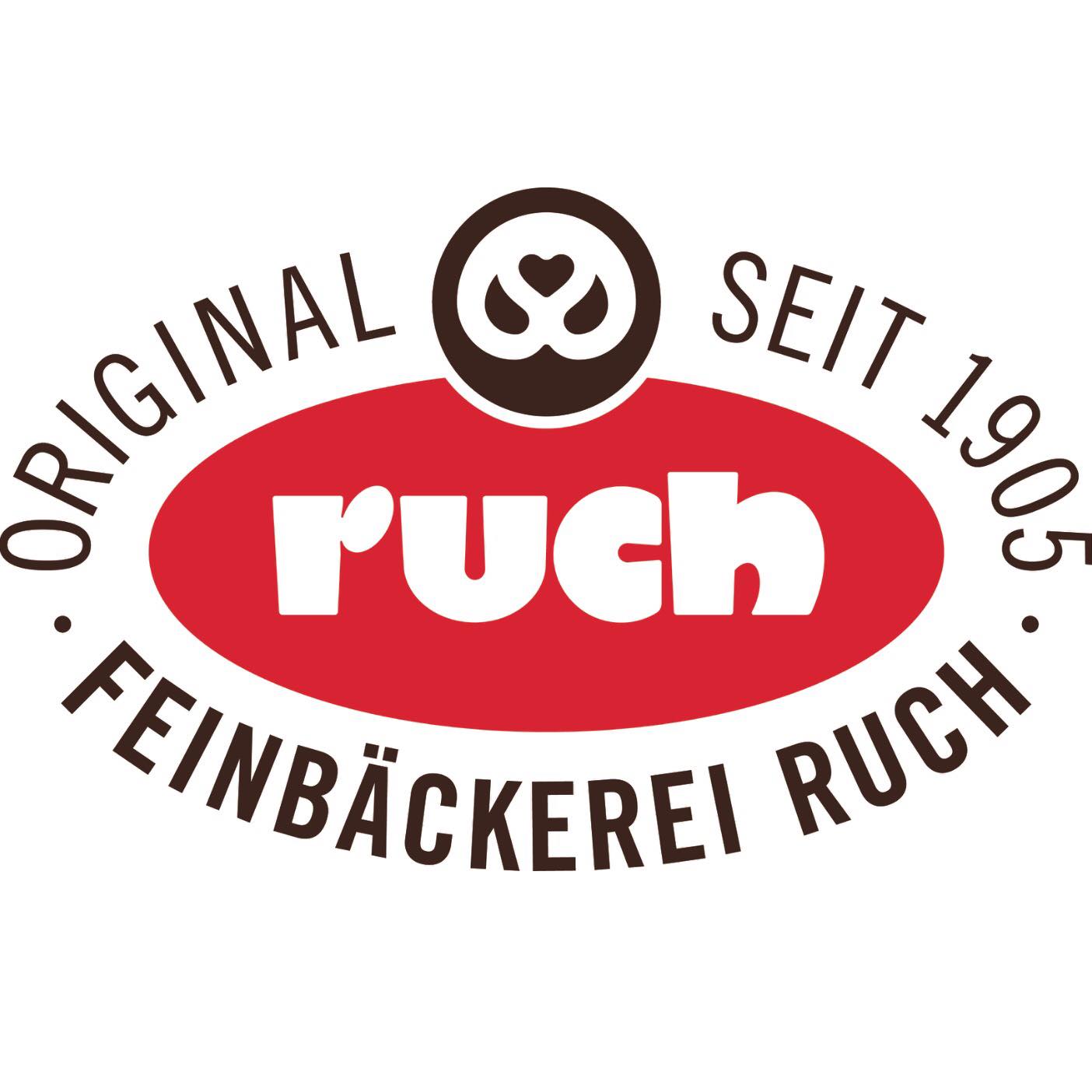Liebe Blogleserinnen und -leser,
Food Waste und Künstliche Intelligenz (KI) – zwei Begriffe, die man nicht unbedingt miteinander verbindet! Und dennoch gehören sie zusammen, denn uns stehen immer größere Datenmengen zur Verfügung, die wir auf intelligente Weise für mehr Nachhaltigkeit in der Lebensmittelbranche nutzen können.
Wir wollten einmal von unserem CEO und Gründer, Justus Lauten, persönlich wissen, wie genau Künstliche Intelligenz zu weniger Lebensmittelverschwendung führt. Im Interview erklärt er die Funktionsweise.
Wir setzen unsere Software auf Basis künstlicher Intelligenz ein, um Food Waste in der Lebensmittelbranche zu reduzieren. Wie funktioniert das genau?
Justus:
Unsere selbstentwickelte Künstliche Intelligenz ermittelt exakte Absatzprognosen für Unternehmen der Lebensmittelproduktion. Darauf basierend erhalten unsere Kunden jeden Tag einen bedarfsgerechten Bestellvorschlag. Dieser gibt genau an, welche Artikelmenge bestellt werden muss, damit nur produziert wird, was auch tatsächlich am Ende des Tages verkauft wird. Dadurch helfen wir unseren Kunden, ihren Food Waste erheblich zu reduzieren. Aber es entstehen nicht nur weniger Nahrungsmittelabfälle, auch werden weniger Ressourcen verschwendet, die für die Produktion und den Vertrieb der weggeworfenen Lebensmittel benötigt werden.
Wie bekommt die KI denn heraus, welche Absatzmengen zu erwarten sind?
Justus:
Die optimale Absatzmenge ergibt sich aus verschiedenen Faktoren. Wir schließen unsere KI-Software an das Warenwirtschafts- bzw. Kassensystem der Kunden an und erhalten so die historischen und laufenden Daten der Kunden. Das sind z.B. Verkaufs- und Bestelldaten. Diese kombinieren wir mit relevanten, externen Faktoren wie Wetterdaten, Feiertagen und Ferienzeiten. Daraus erkennt der Algorithmus selbstständig Muster und Abhängigkeiten und ermittelt die Prognosen. Das Besondere: die KI lernt eigenständig dazu und erkennt Trends ab dem ersten Datenpunkt – sie repliziert also nicht nur die Vergangenheit.
Gibt es Produkte, bei denen dieser Forecast besser funktioniert als bei anderen?
Justus:
Es ist auf jeden Fall leichter, Vorhersagen für Artikel zu treffen, bei denen bereits viele Daten vorhanden sind – am besten auch über einen längeren Zeitraum hinweg. Denn je mehr Daten vorliegen, desto genauere Ergebnisse liefert die KI. Beispielsweise funktionieren in der Bäckerei Prognosen für Brot und Brötchen besonders gut, da die Produkte seit vielen Jahren täglich verkauft werden und somit viele historische Daten für uns verfügbar sind. Herausforderungen entstehen, wenn Artikel neu ins Sortiment kommen. Dann haben wir noch keine internen Verkaufs- oder Bestelldaten, mit denen wir die KI trainieren können. Trotzdem kann unsere Künstliche Intelligenz bereits ab dem ersten Datenpunkt die Prognosen ableiten.
Um wieviel Prozent kann die Künstliche Intelligenz denn in der Praxis den Food Waste reduzieren?
Justus:
Im Durchschnitt reduzieren wir mit unserer Software den Food Waste unserer Kunden um 30 %. Das entspricht einer jährlichen Einsparung von rund 2000 Tonnen Lebensmittelabfällen und einem CO2-Äquivalent von 9500 Tonnen. Um diese Zahlen etwas greifbarer zu machen: das sind umgerechnet ca. 300 LKW-Ladungen voller Lebensmittelabfälle oder so viel CO2-Ausstoß wie 3000 Flüge nach Australien, die wir pro Jahr mit unserer Software einsparen. Das motiviert uns täglich auf dem Weg zu unserem großen Ziel, den weltweiten Nahrungsmittelabfall zu bekämpfen. Das Potential unserer Software ist riesig, denn jedes Jahr werden weltweit im LEH und in der Gastronomie 1/3 der Lebensmittel verschwendet.
Was ist der Vorteil aus Sicht unserer Kunden – zusätzlich zum nachhaltigeren Umgang mit Lebensmitteln?
Justus:
Neben dem Nachhaltigkeitsaspekt– also der Minimierung von Lebensmittel- und Ressourcenverschwendung – sind die wichtigsten Vorteile für unsere Kunden die Prozessautomatisierung und die optimale Warenverfügbarkeit aller Artikel zu jeder Tageszeit. Durch die Automatisierung entlastet unsere KI die Mitarbeiter:innen, die keine Zeit mehr bei der Produktions- und Bestellplanung verlieren und sich auf ihre Kernaufgaben konzentrieren können. Das führt zu einem effektiveren Personaleinsatz und zu weniger Fehlern. Außerdem trägt die KI zu einer optimalen Warenverfügbarkeit bei. Somit helfen wir unseren Kunden nicht nur dabei, ihren Food Waste zu reduzieren, sondern gleichzeitig auch, einen zu frühen Ausverkauf einzelner Artikel zu vermeiden und so, ihren Umsatz zu steigern. In einer kostenlosen Pilotphase können die Kunden unsere Lösung testen und wir zeigen ihnen den Mehrwert anhand detaillierter Analysen. So sehen sie schwarz auf weiß, dass sich der Einsatz der Künstlichen Intelligenz sowohl ökologisch als auch wirtschaftlich lohnt.
Ist der Einsatz von KI eine große Umstellung für unsere Kunden?
Justus:
Der Einsatz unserer KI-Software ist keine große Umstellung für unsere Kunden, da foodforecast die Arbeit übernimmt und wir uns in die bestehenden Prozesse der Kunden einklinken. Wir bauen die Schnittstelle zum Warenwirtschaftssystem, um uns die nötigen Daten für das Training der KI zu ziehen. Anschließend übermitteln wir die Prognosen an den Kunden, der diese direkt in seinem Warenwirtschafts- oder Kassensystem bzw. in einer externen App einsehen kann. Eine mögliche Herausforderung liegt in der Qualität der Daten, denn diese spielt eine wichtige Rolle. Das heißt wie genau die Dokumentation der Daten in der Vergangenheit vorgenommen wurde. Wenn Bestellungen oder Verkäufe nicht korrekt eingetragen wurden, kann es zu Abweichungen zwischen der menschlichen Planung und den KI-Prognosen kommen und es entsteht manchmal Skepsis. Deshalb nutzen wir auch unsere Pilotphase, um dabei mögliche Bedenken bei Seite zu räumen.
Das hört sich alles so einfach an, geht da nie etwas schief?
Justus:
Natürlich läuft bei einem Startup auch nicht immer alles nach Plan. Als ich anfangs auf Kundensuche ging, habe ich z.B. den Biobäcker bei mir um die Ecke angesprochen, ob er nicht Interesse an unseren KI-Prognosen hätte. Kurzerhand haben wir uns geeinigt und ich habe einen USB-Stick an seine Kasse angeschlossen, um mir die nötigen Daten der Bäckerei für das Training unserer Künstlichen Intelligenz zu besorgen. Ich wartete 5 Min., 10 Min., 15 Min. und die Übertragung war immer noch nicht abgeschlossen. In der Zwischenzeit hatte sich schon eine lange Kundenschlange gebildet. Die Verkäufer:innen mussten alle Bestellungen händisch notieren und wurden langsam unruhig, da sie nicht alle Preise für die Backwaren auswendig kannten. Nach einer halben Stunde konnten endlich alle Mitarbeiter:innen wieder auf die Kasse zugreifen. Danach haben wir eine professionellere Schnittstelle zu den Kassensystemen unserer Kunden gebaut.
Letzte Beiträge

🌍 Lebensmittelverschwendung & Klimawandel – Wie groß ist der Einfluss wirklich? ♻️🔥
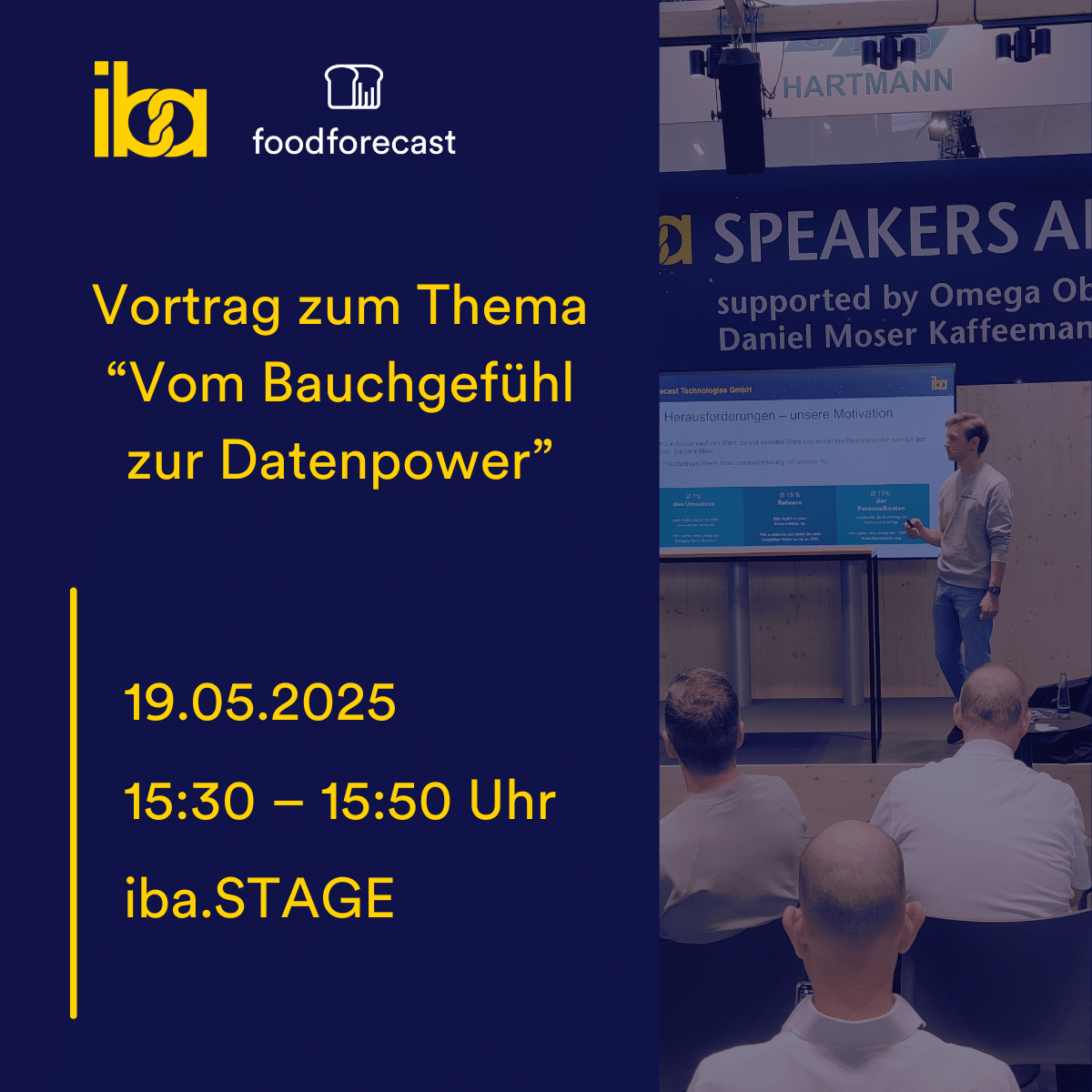
Unser Vortrag auf der iba.TRADE FAIR 🎤
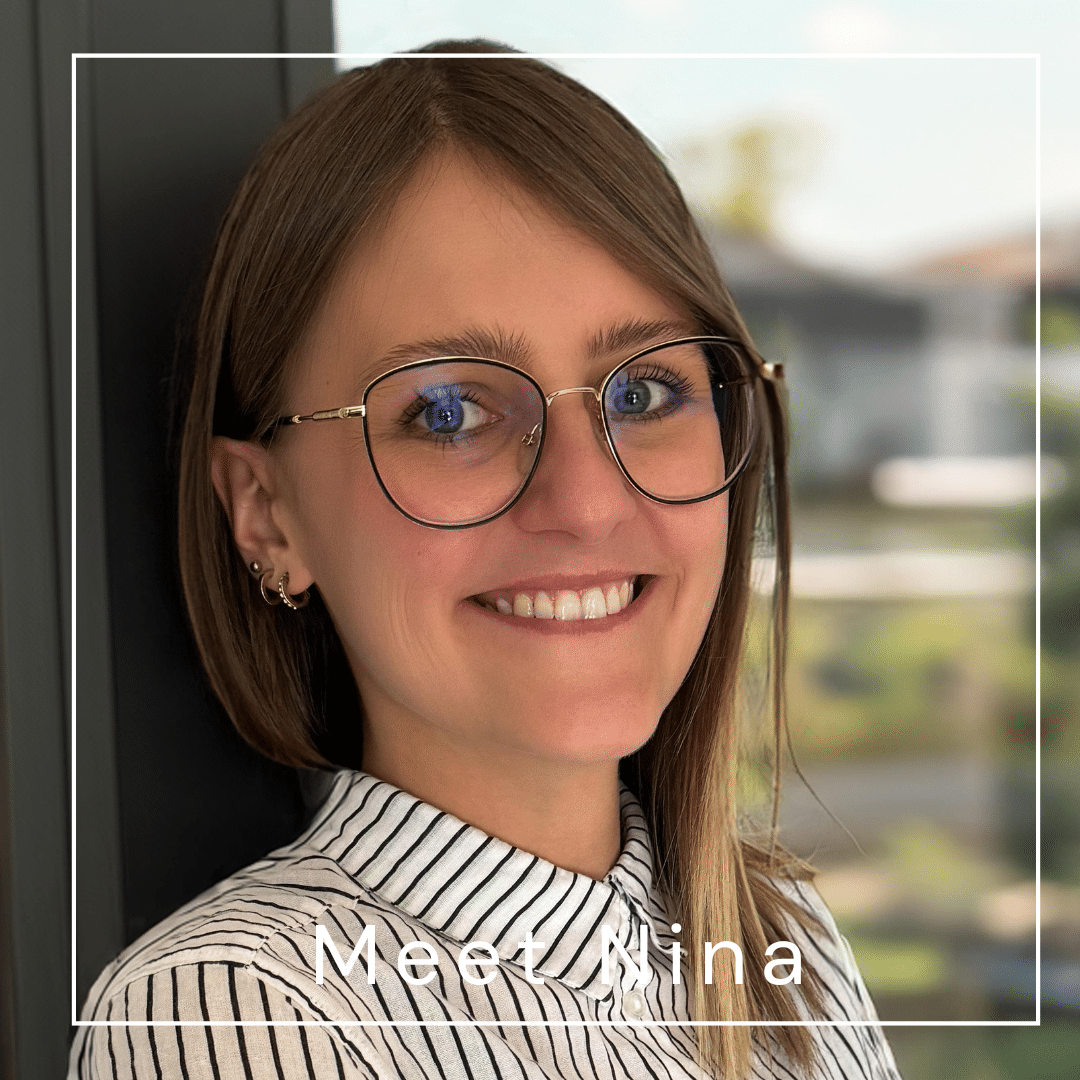
👋 Meet the Team: Nina aus dem Bereich Customer Success 🤝

Save the date! 📢

🚨 Lebensmittelverschwendung: Ein Problem mit vielen Ursachen 🚨
Rückruf anfordern
Gerne rufen wir Sie zeitnah zurück, um mit Ihnen persönlich zu sprechen
